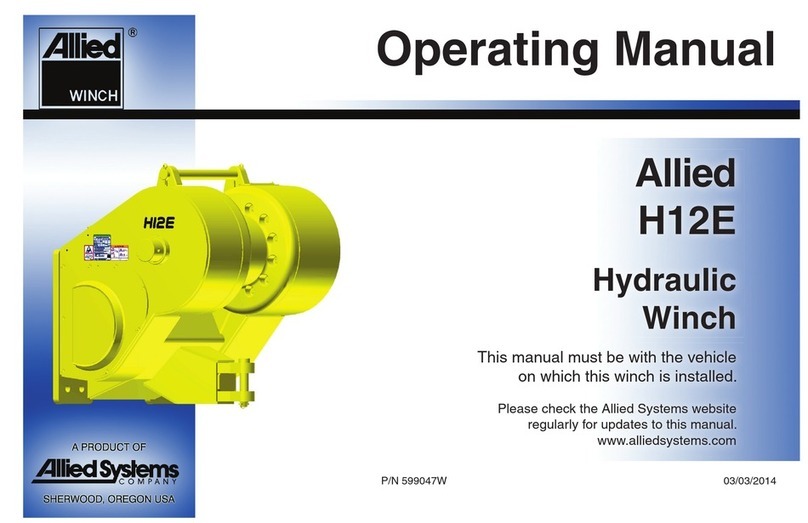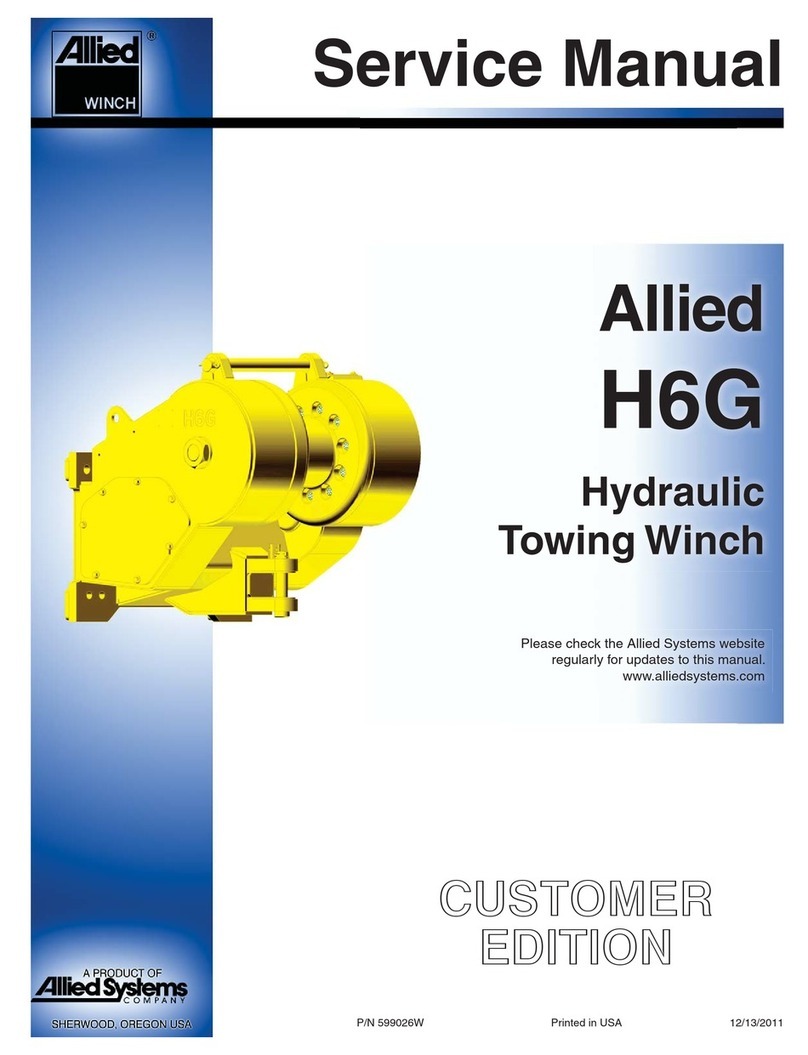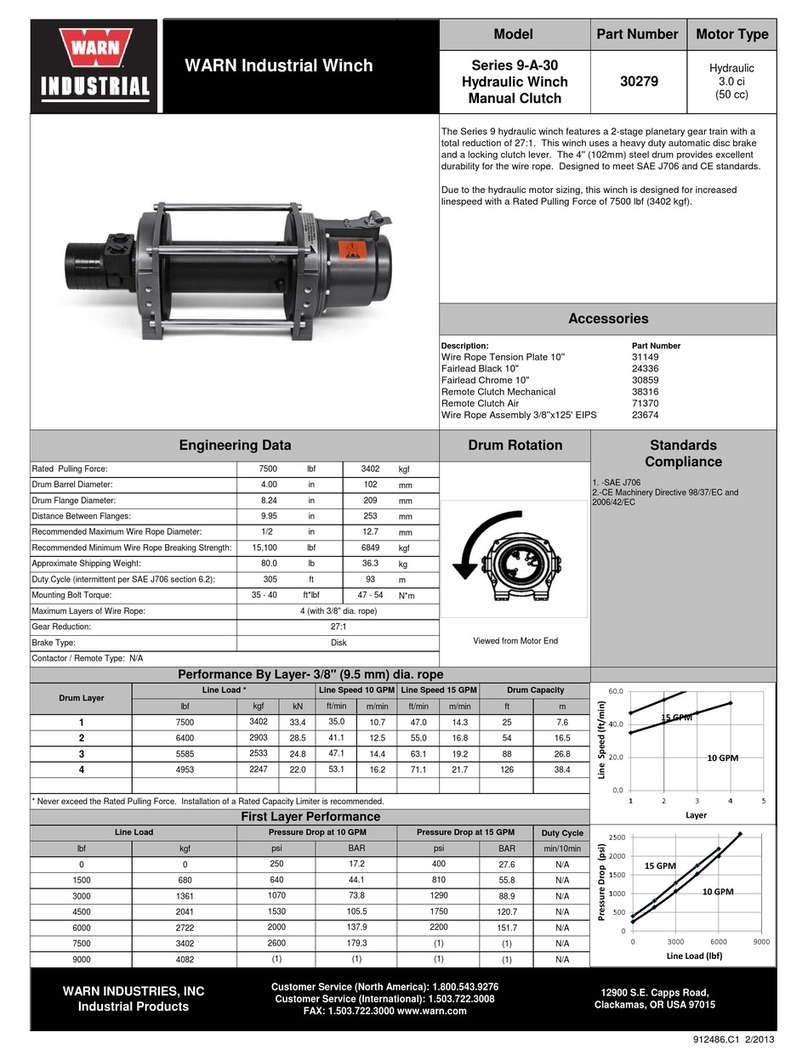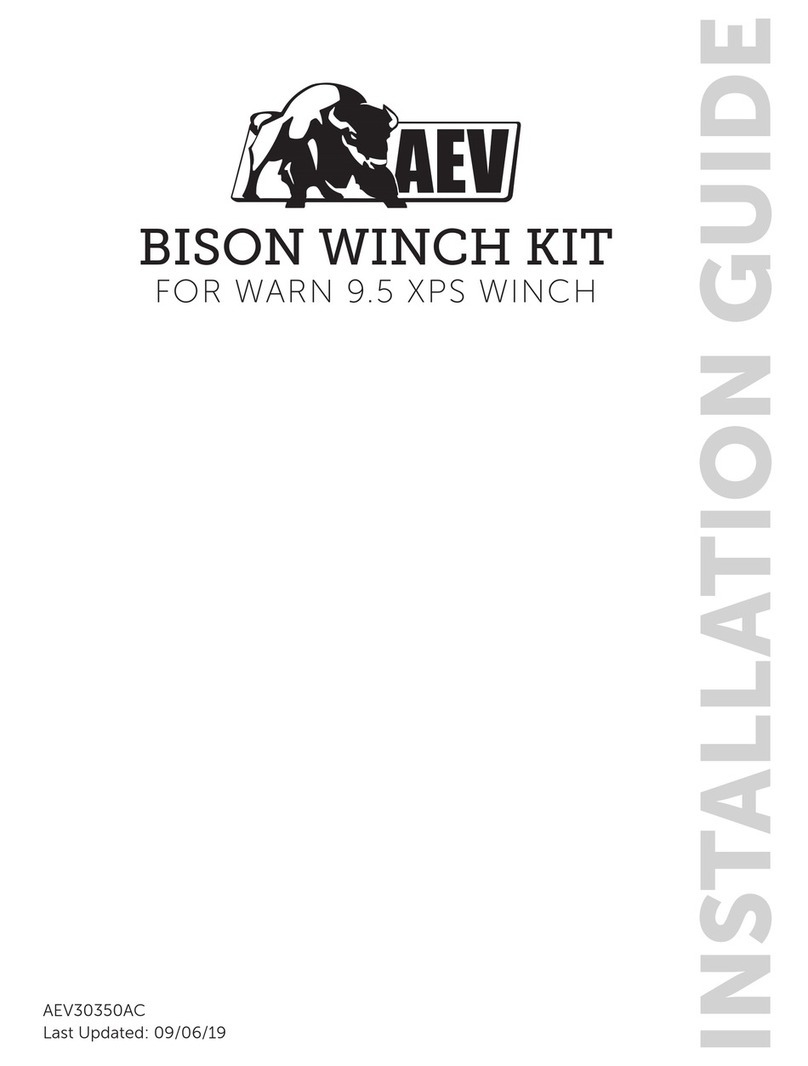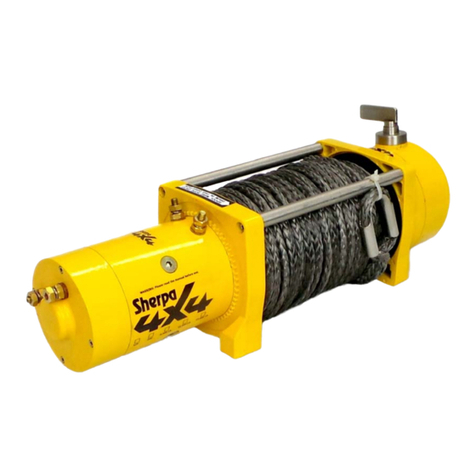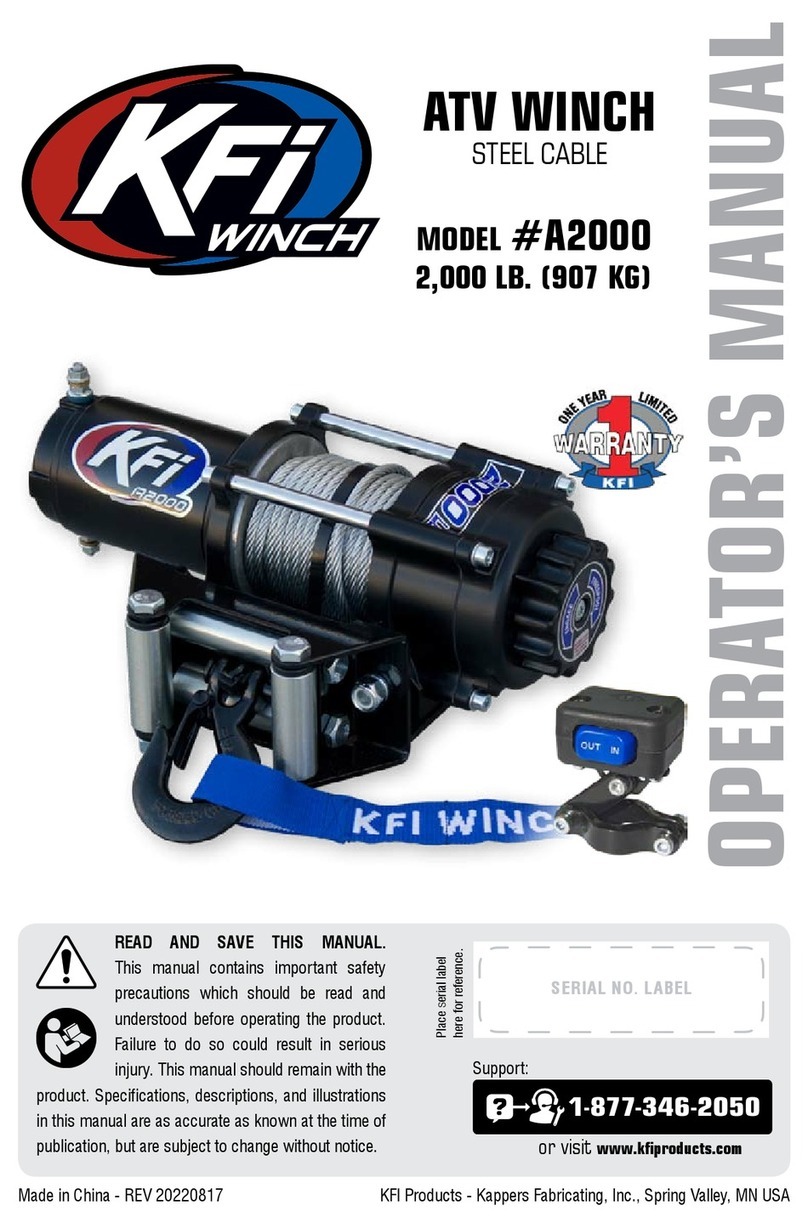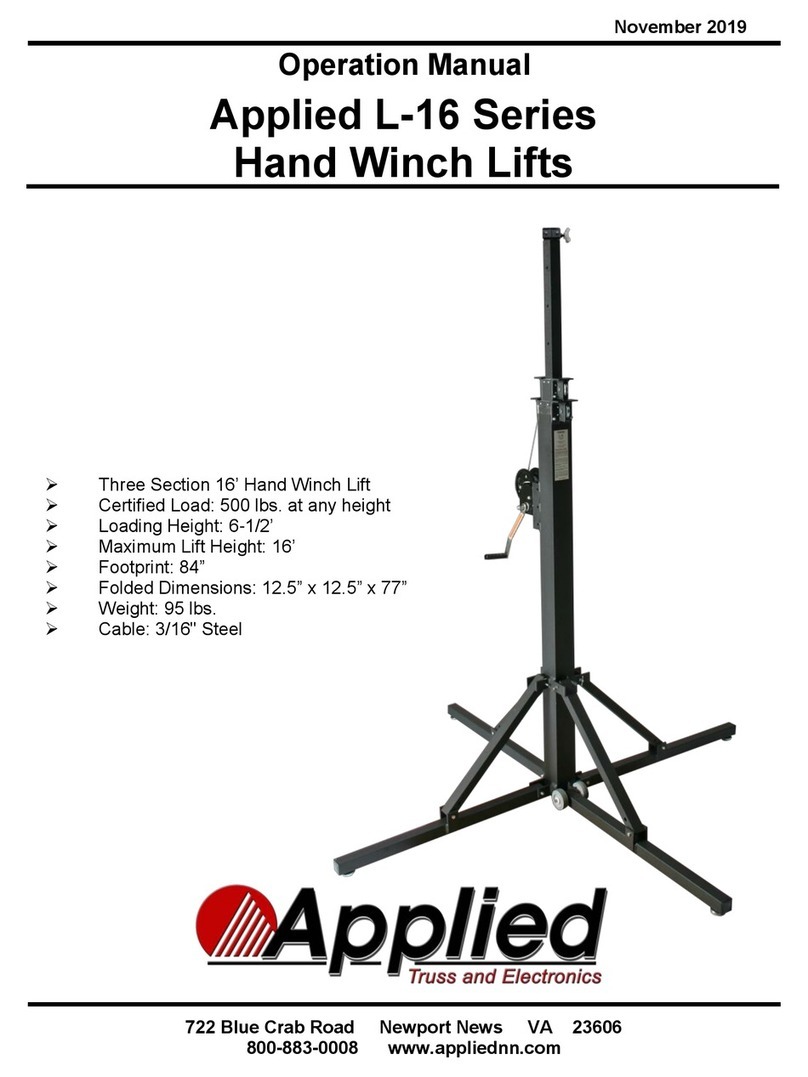Allied Systems W6F User manual




















Table of contents
Other Allied Systems Winch manuals

Allied Systems
Allied Systems H5C Series User manual
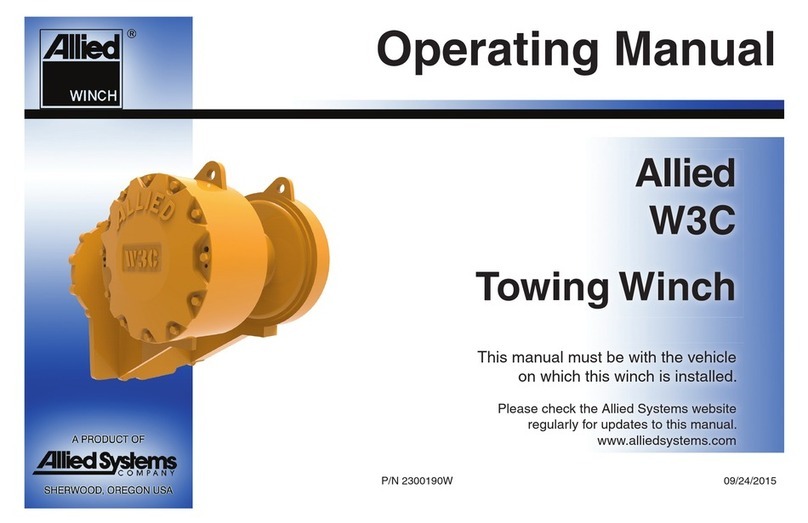
Allied Systems
Allied Systems W3C User manual
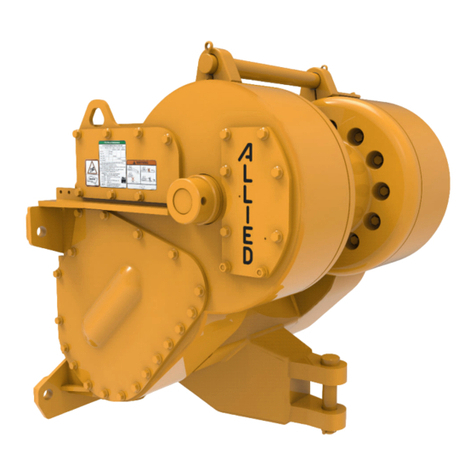
Allied Systems
Allied Systems W8L User manual

Allied Systems
Allied Systems H12A Guide
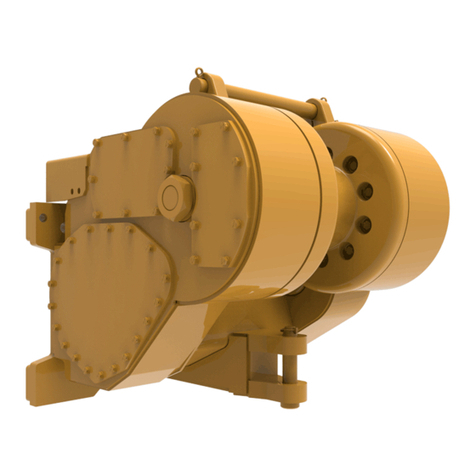
Allied Systems
Allied Systems W6G User manual
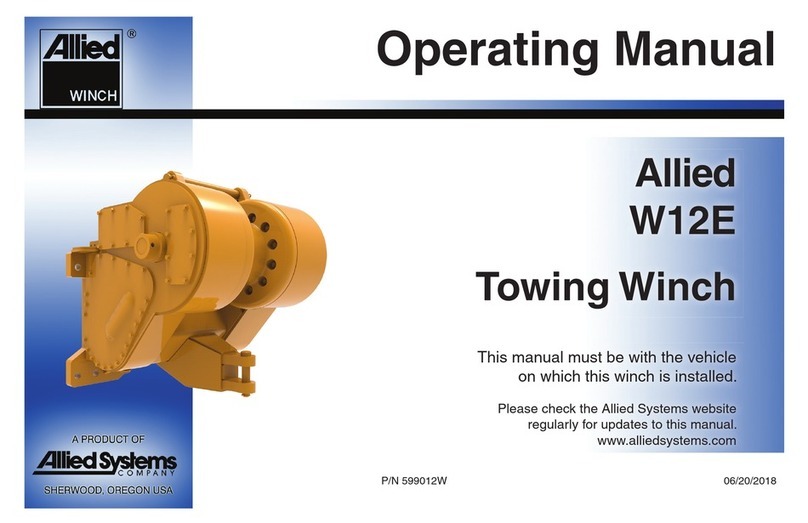
Allied Systems
Allied Systems W12E User manual

Allied Systems
Allied Systems W8L User manual
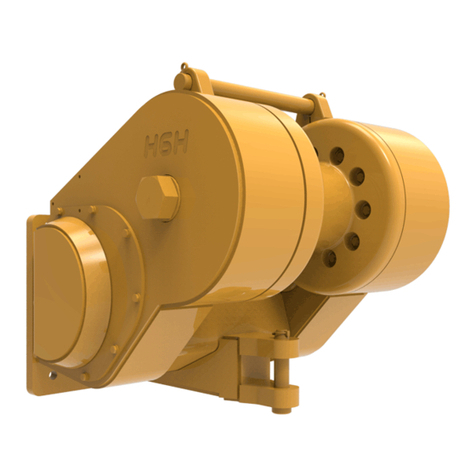
Allied Systems
Allied Systems H6H User manual
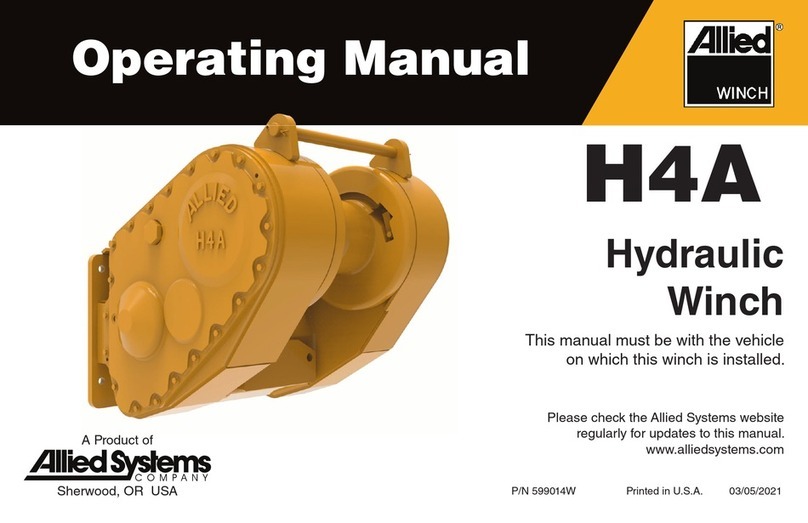
Allied Systems
Allied Systems H4A User manual

Allied Systems
Allied Systems H6H User manual
Popular Winch manuals by other brands
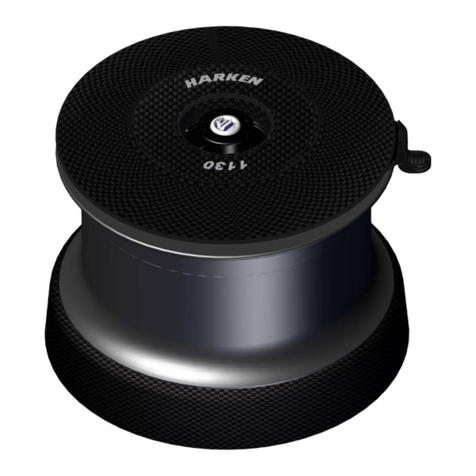
Harken
Harken 1130 User and maintenance manual
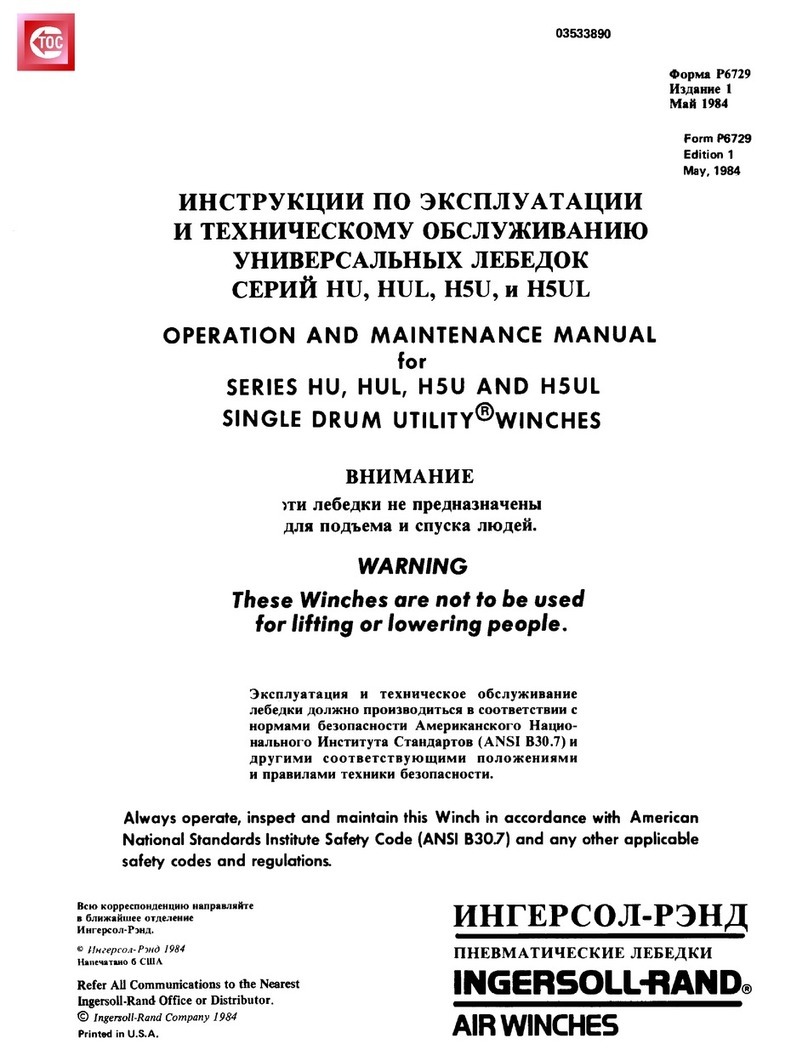
Ingersoll-Rand
Ingersoll-Rand HU Series Operation and maintenance manual
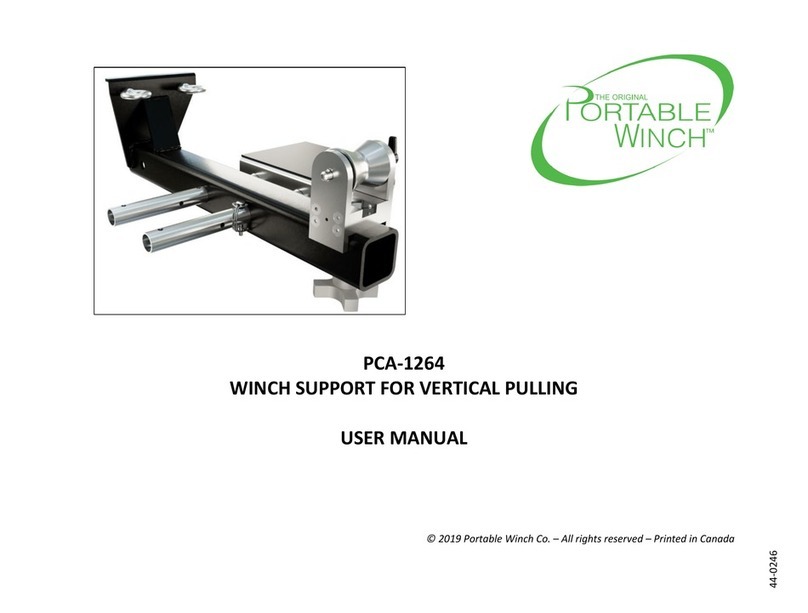
Portable Winch
Portable Winch PCA-1264 user manual

Ramsey Winch
Ramsey Winch HD-P10000 Operating, Service and Maintenance Manual
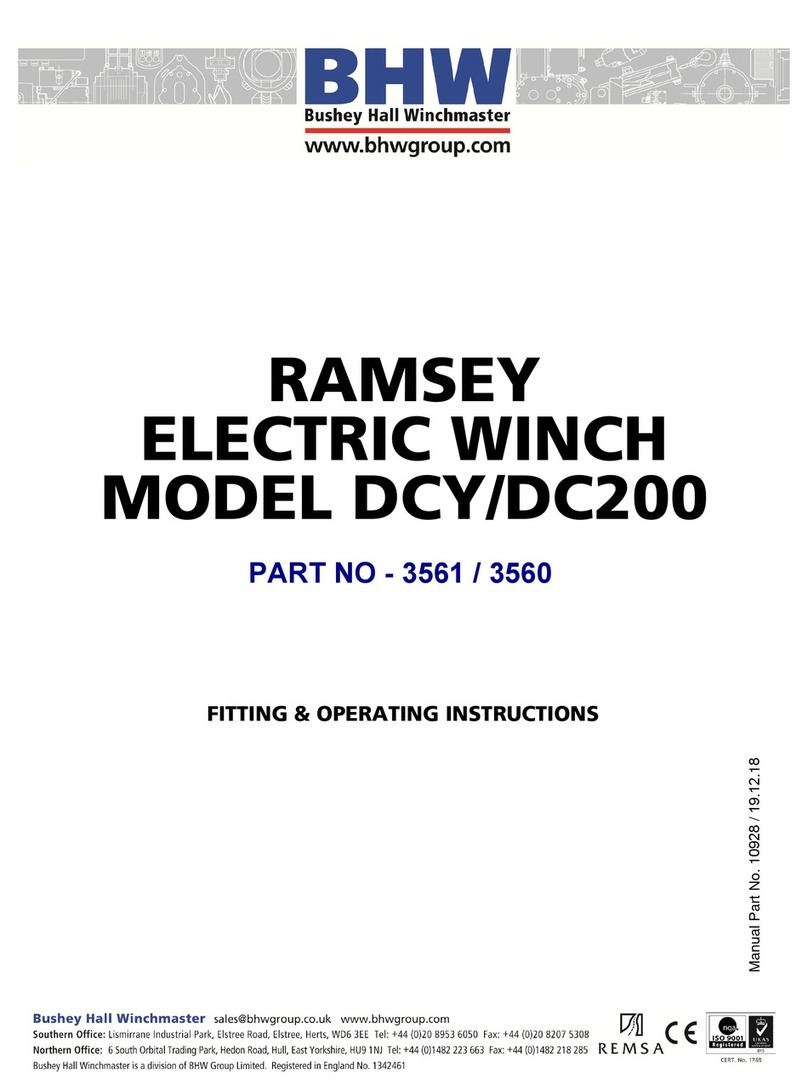
Ramsey Electronics
Ramsey Electronics DCY200 Fitting & operating instructions

Thern
Thern 465 owner's manual
